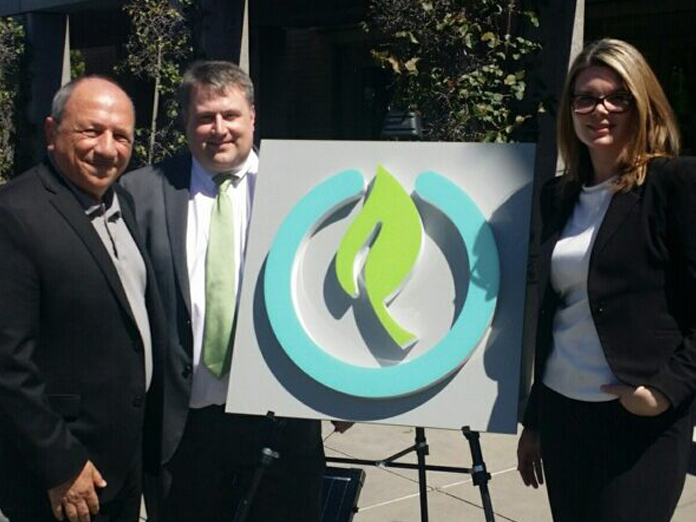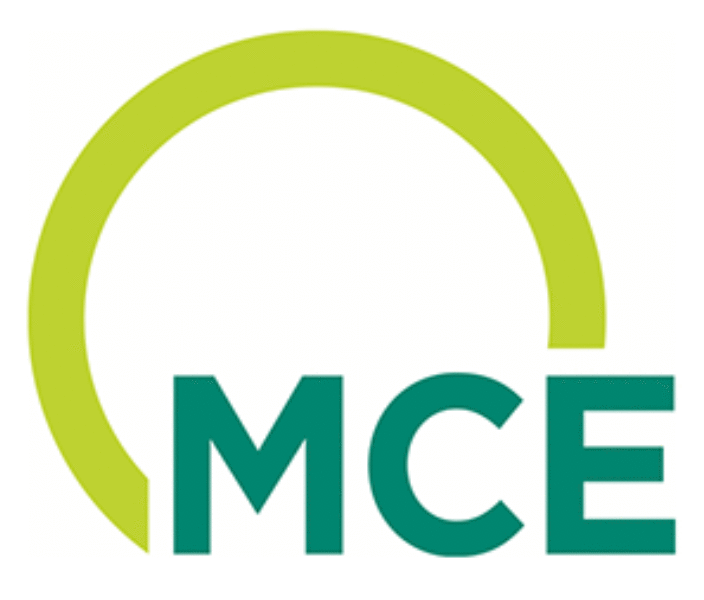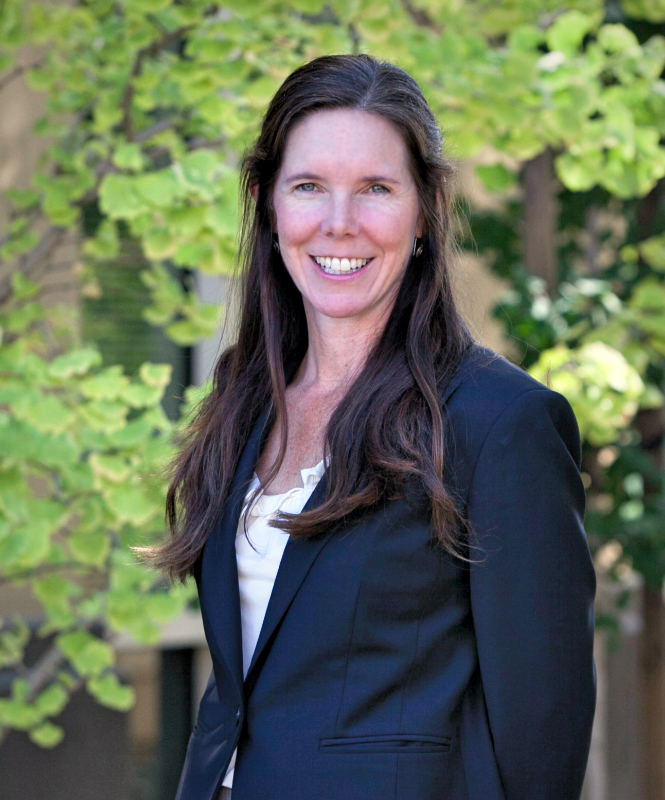
After decades of dominance by electricity monopolies, California is experiencing the emergence of Community Choice Aggregators (CCAs), a new type of electricity provider that provides cities and counties the opportunity to choose what kinds of energy to purchase for their needs. CCA is a state policy that enables local governments to aggregate electricity demand within their jurisdictions in order to procure alternative energy supplies while maintaining the existing electricity provider for transmission and distribution services. On April 3, 2017, Silicon Valley Clean Energy (SVCE) commemorated its first official day of operation, supplying 100% carbon-free electricity to its customers in Silicon Valley. River City Bank was in attendance that day to celebrate SVCE’s launch and our banking partnership. We circled back with CEO, Tom Habashi, to find out more about SVCE and the important role they play in reducing the region’s carbon emissions.
How many customers does SVCE serve?
SVCE currently serves 240,000 residents in the area. SVCE, is a Joint Powers Authority (“JPA”) comprised of 11 municipalities located within the County of Santa Clara, as well as the unincorporated areas of the County itself. They have elected to allow SVCE to provide electric generation service within their respective jurisdictions.
SVCE just launched in April and is now supplying parts of the Silicon Valley with 100% carbon-free electricity. Were there any challenges you faced as you were trying to bring the program to fruition?
We knew we had to make sure our policies were in place, contracts were sound, and that we had set up a good foundation rather than building on quicksand. We learned from our predecessors and knew we needed to be better than the incumbent utility already in place.
The one problem we didn’t anticipate was how difficult it was to find office space in the Silicon Valley. For a time, we had trouble finding enough space that made sense for the organization. Luckily we found a great space in Sunnyvale.
What types of renewable sources does SVCE utilize and does it all come from California?
SVCE offers residents and businesses two main electricity choices. The default choice is GreenStart, which is 100 percent carbon-free. Under the GreenStart option, 50 percent of electricity comes from renewables such as wind and solar, while the other 50 percent comes from large-scale hydropower that we receive from the Upper Northwest. Customers currently pay 1% less for this option compared to the incumbent utility’s base plan with lower renewable content.
The other choice is GreenPrime, which is sourced from 100% renewables and is also 100% carbon free. GreenPrime is generated from 100% renewable, carbon-free sources, primarily from solar and wind farms in California and on the western grid. Buying GreenPrime further expands generation from these new and competitive renewable energy sources. Customers can choose to upgrade to GreenPrime for about $3 to $5 more per month. Customers enroll in Silicon Valley Clean Energy through an “opt-out” system. This means customers within SVCE’s service area receive alerts in the mail about switching to the agency, and they’re automatically switched over unless they choose to opt out.
SVCE is working on a program where 100% of the carbon free energy comes exclusively from California.
Why do you think more residents are leaning towards renewable energy and are willing to spend more to have greener options?
For many CCA customers, it actually saves them money. For example, SVCE GreenStart customers will pay 1% less than the incumbent utility’s current rates. With the opt-out option, customers are automatically enrolled and do not need to do a thing if they want cleaner, greener electricity, at a better price. For consumers, the benefits of the CCA are a no-brainer. They can choose to increase the amount of clean energy they use, thereby helping to reduce greenhouse gases and to reach, and even exceed, state and national clean-energy goals. CCA customers have also benefited from rebates on energy efficiency upgrades.
On another level, more and more communities are coming together to be a part of a solution to ease carbon emissions. They realize that it affects all of us, our children, and grandchildren.
California is experiencing the emergence of CCAs. Do you see more and more communities moving towards clean energy?
More and more communities are demanding more renewable energy options. California’s push for cleaner energy has been driven by a desire to limit greenhouse gas emissions from fossil fuels, which are the primary driver of climate change. Locally-governed public agencies like SVCE allow participating communities to reinvest revenues to keep rates low, provide energy efficiency programs, and promote a cleaner energy infrastructure.
Because of the success of CCAs, more and more communities are aching to take the leap and have environmental and energy stewardship over their regions.
What advances have you seen in renewable energy?
Energy storage has been a hot topic in the last couple of years. It is needed to store solar energy at night or wind power on days when there is no breeze. Energy storage plays an important role in this balancing act and helps to create a more flexible and reliable grid system. There are a number of technology choices available, but the cost of energy storage is still a concern. Solar energy has recently dropped in price by ~40%, but the question remains if it would be more profitable to simply add more generating capacity rather than more storage capacity. California, where there is already strong public policy support for renewable energy, is the undisputed king of US energy storage. However, in other places around the country, there is the need to stimulate technological improvement in storage to encourage further growth.
There are many other banks out there. What made SVCE choose RCB?
River City Bank was there for us from day one. We’ve seen them help other CCAs get their financing, even when it was unchartered territory. River City Bank had the experience and understanding for what CCAs encounter at various stages of financing and banking needs. They put together an offer that made sense for us and we were compelled to work with a community based bank with similar values. Steve (Fleming) and Rosa (Cucicea) were able to come up with solutions for our issues, helping us get through all the roadblocks we encountered and enable us to get the funding and banking services needed to launch SVCE. River City Bank’s experience and knowledge in the renewable energy industry is second to none.
To find out more about SVCE, visit their website at ww.svcleanenergy.org.




